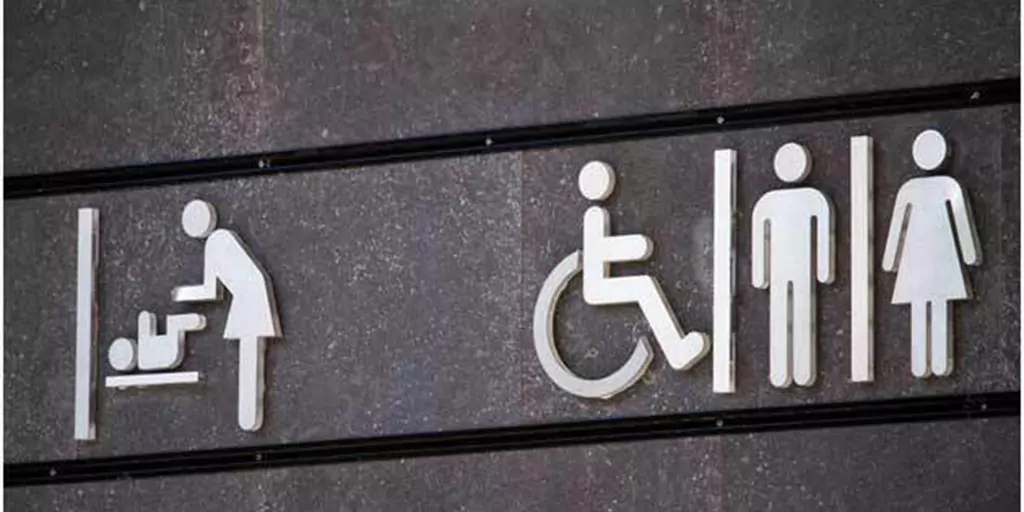
ADA Signage Requirements: What You Need to Know About ADA Accessibility Signage
Making your business attractive and accessible for customers of all kinds is one of the key goals that almost every business aims to achieve. This includes reaching out to special customers and making your business welcoming for customers with disabilities. An estimated 10% -12% of Americans have a disability. The Americans with Disabilities Act (ADA) provides protection from discrimination against disabled individuals in public and private settings.
The ADA also provides guidance on how to make public and private spaces more accessible and inclusive for disabled individuals. The act requires business owners to install compliant ADA accessibility signage that helps individuals get around your facility and access various parts of your building, such as restrooms, parking and more.
What is ADA signage exactly? In this article, we’ll explore what you need to know about ADA signage requirements for 2022, the importance of ADA signage guidelines and how BlinkSigns can help you with your interior ADA signage and more.
Why Do ADA Signage Guidelines Matter?
In its true spirit, the purpose of ADA accessibility signage is to ensure equal rights and opportunities for people with disabilities. Businesses need to understand that if their signs leave out a certain section of the population, they are not only being ethically and morally wrong, but are also committing a criminal offense. As per the ADA, signage noncompliance can cost a business up to $75,000 in penalties.
ADA compliance not only helps businesses gain the attention of all customers, but also sends a positive and clear message that your business values all people. The purchasing decision of people with disabilities is heavily influenced by how accessible a business is. Opening doors for all customers and making special arrangements ensures people feel welcomed.
ADA signage guidelines require ADA-compliant signs to be installed at frequently visited public and commercial places. This includes parks, railway stations, bus stations, airports, bars and cafés, restaurants, theaters, factories, warehouses and more.
What Is Required For ADA Signage?
At BlinkSigns, we help businesses find the right signage solutions with ADA-compliant signs that help disabled individuals feel comfortable around their building.
ADA Signage Guidelines for the Visually Impaired
Some of the most common ADA signage requirements businesses must follow are those for the visually impaired:
- The signs must avoid glare that creates issues for the visually impaired and makes them uncomfortable.
- Signs must have backgrounds or colors that are easy to process.
- Low contrasts make the text illegible for the visually impaired; the ADA recommends a high level of dark to light contrast.
- Typefaces or fonts play a great role in enhancing the readability of your sign. The ADA-compliant fonts include eras, helvetica, optima, futura, trebuchet, avantgarde, vag rounded, frutiger, verdana and franklin gothic.
- ADA recommends that signs must include braille and raised characters. It helps the visually impaired to read a sign by touching its surface. Pictograms and braille are not required on directional signage.
Let BlinkSigns Help You Follow ADA Signage Guidelines
Many businesses think that ADA accessibility signage leads to boring designs. But the right signage partner will create a solution that fills all the ADA checkboxes and is also consistent with your brand. At BlinkSigns, we provide custom ADA business signs that reflect your personal style and firmly adhere to ADA signage requirements. Our custom signs, including both interior signage and exterior signage, can help you make sure you are meeting ADA signage guidelines while maintaining your branding. Contact us to request a quote today.